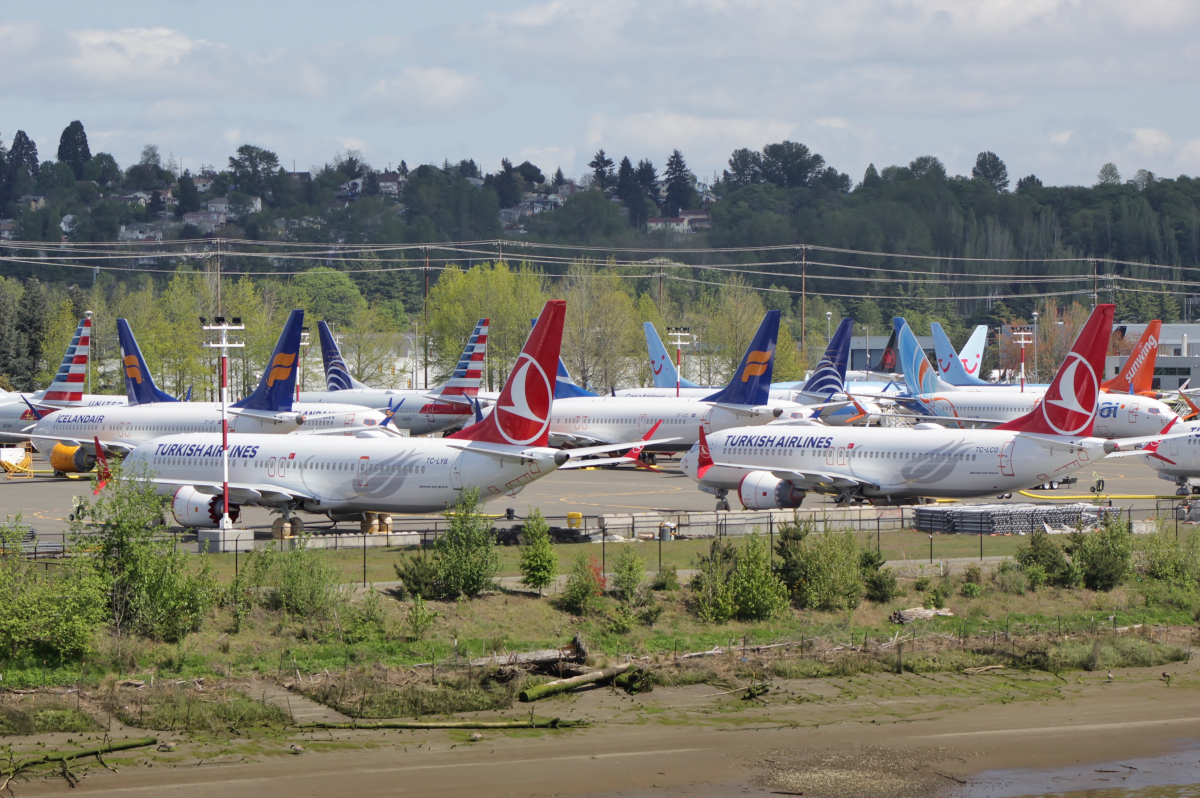Launched on September 14, the JOEB Joint Operations Assessment Committee meeting is a major step towards the return to service of the Boeing 737 MAX, which will need to pass other key milestones.
10 days of JOEB for the Boeing 737 MAX
The pilots mandated by the European Aviation Safety Agency (EASA or EASA) and Transport Canada having completed their test flights on the Boeing 737 MAX, the Joint Operations Evaluation Board JOEB could be meet for ten days "with the aim of examining the training program offered by Boeing for the attention of the crews of the Boeing 737 MAX". The meeting kicked off on September 14 at London / Gatwick Airport and is attended by civil aviation authorities and airline crew members from the United States, Canada, Brazil and the European Union. . “The results of this assessment will be incorporated into the preliminary report of the FAA's Flight Standardization Board (FSB). The report will be publicly available for comment,” Boeing said.
Other key steps to take
If the JOEB meeting constitutes a major step towards the return to service of the 737 MAX, several other key steps must then be taken. First, the evaluation flight to be carried out by Stephen Dickson, the FAA administrator, who will first take the recommended training. A flight during which he will personally take control of a Boeing 737 MAX and at the end of which he will share his observations with FAA technical staff. Likewise, the FAA will issue the FSB's final report after reviewing and considering public comments to the draft document.
Another step: the FAA will review the final design documentation submitted by Boeing to assess compliance with all of its regulations. For its part, the TAB (Technical Advisory Board), a committee made up of representatives from several agencies, will in turn review the final documentation provided by Boeing and issue a final report before the FAA makes its final decision on compliance.
The airworthiness directive stage
The US Federal Aviation Administration will issue a CANIC or Continuing Airworthiness Notice to the international community, indicating important safety measures in progress, as well as a final Airworthiness Directive (AD) covering known problems relating to grounding. This airworthiness directive will inform operators of the corrective measures that will need to be taken in order for the aircraft to return to commercial service. This measure will then mark the official end of the aircraft grounding order, pending the completion of the work specified by the Airworthiness Directive (AD) and all the required training.
However, the FAA will retain the authority to issue airworthiness certificates, as well as export certificates for all 737 MAXs that have been manufactured since the aircraft was grounded. FAA officials will conduct a personal examination of each of these aircraft. Finally, the FAA will review and validate training programs for all airlines.
Only for US airlines
Nonetheless, Boeing recalls, these measures "apply exclusively to US airlines operating in US airspace. Other civil aviation regulators will be made aware of our processes, but they will be responsible for taking their own measures to ensure the return to service of the Boeing 737 MAX within the fleets of their respective companies and authorize the operation of these aircraft in their airspace.The FAA will ensure that its international counterparts have all the information necessary to take in the as soon as possible a decision focused on safety and security ".
Découvrez cet article sur Air&Cosmos

